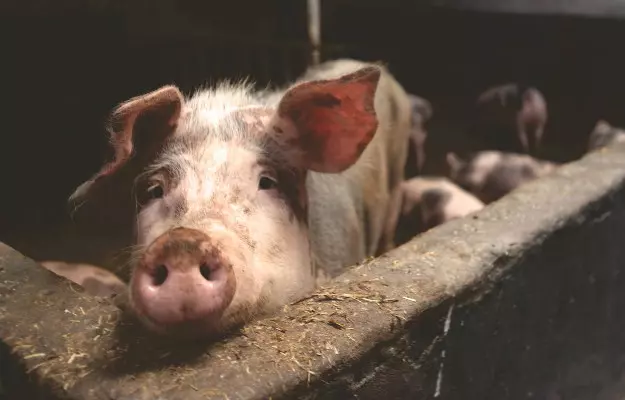Even as the COVID-19 pandemic continues to spread across the world, a new strain of swine flu has been found in China which has the potential to trigger the next pandemic.
Though the newly discovered virus has not been identified to be of immediate concern, researchers say it has "all the essential hallmarks of a candidate pandemic virus". And as is the case with new or previously unidentified viruses, humans may not have any immunity to fight it off.
This is exactly what happened with COVID-19: it is caused by a new coronavirus—the SARS-CoV-2—that no one had heard of until 2019.
Coronaviruses are so-called because of the crown-like spikes on their surface. Before COVID-19, coronaviruses have caused outbreaks like the SARS (severe acute respiratory syndrome) outbreak in 2002-03 and the MERS (Middle East Respiratory Syndrome) outbreak 2013.
In the six months since it was discovered in late 2019, though, COVID-19 infection has exceeded the death toll of SARS and MERS combined. More than 10 million people have fallen sick because of COVID-19 and over half a million have died globally.
To be sure, the new swine flu is caused by an influenza virus and not a coronavirus. Like coronaviruses, influenza viruses are RNA viruses (their genetic material is RNA) covered in a spherical membrane. They use host cells to survive and multiply.
Read more: World’s deadliest viral infections
According to a study published in the Proceedings of the National Academy of Sciences (PNAS), scientists have reported that the new swine flu virus, similar to previous swine flu outbreaks, has the potential to mutate further and lead to a worldwide outbreak. The 2009 swine flu pandemic was spread by the H1N1 virus that had originated from pigs and mutated to infect humans, but turned out to be less deadly than previously thought.
Earlier in 2020, a haemorrhagic fever caused by the African swine flu virus (ASF) was also reported in domestic pigs in the northeastern state of Assam, and even as the World Organisation for Animal Health classified it as a "notifiable disease" due to a high mortality rate among pigs, the dangers to humans were minimal as this particular strain of virus is not known to affect humans. However, much like other viruses, the ASF virus also has the potential to mutate.








